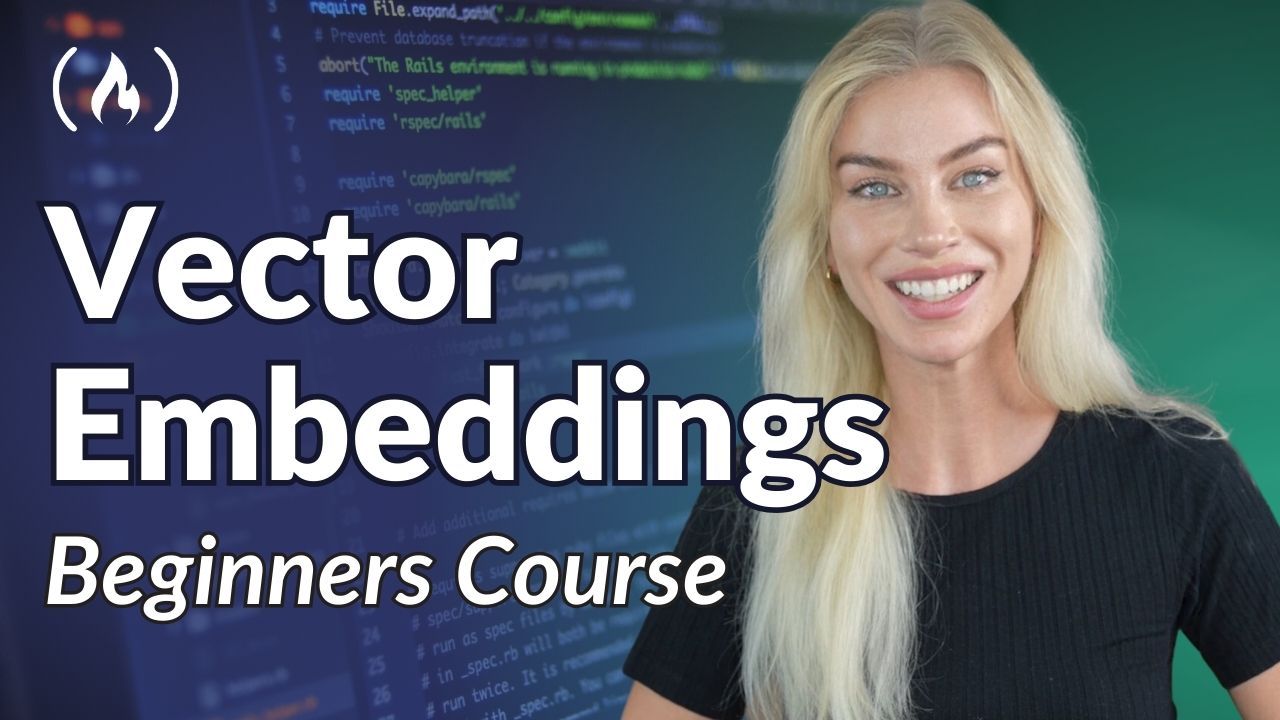Vector embeddings are a key concept in the realm of machine learning and artificial intelligence. They bridge the gap between human language and machine understanding.
We just posted a course on the freeCodeCamp.org YouTube channel that will teach out about vector embeddings and how to create an AI assistant. Ania Kubow developed the course. She is one of the most popular instructors on our channel.
At its core, a vector embedding is a representation of an item (like words or products) in a continuous vector space. These embeddings capture the semantics of the items by placing semantically similar items closer together in the vector space. In simpler terms, vector embeddings convert words or items into numbers, making it easier for machines to understand and process them.
Imagine trying to teach a computer the concept of synonyms without explicitly listing every possible one. With vector embeddings, words like 'happy' and 'joyful' would be represented by vectors that are close in distance, indicating their semantic similarity.
Here are the sections in this course:
- What are vector embeddings?: Begin with a foundational understanding of vector embeddings and their significance in machine learning.
- Text embeddings: Delve into the world of text embeddings, where words and phrases are transformed into numerical vectors.
- What are vector embeddings used for?: Explore the many applications of vector embeddings, from natural language processing to recommendation systems.
- How to generate our own text embedding with OpenAI: Get hands-on experience in creating custom text embeddings using the OpenAI API.
- Vectors and databases: Understand the interplay between vector embeddings and databases, and how vectors can be efficiently stored and retrieved.
- Getting our database set up: Step-by-step guidance on setting up your database to work seamlessly with vector embeddings.
- Langchain: Learn how to use Langchain with vector embeddings. It provides functions for loading, saving, and manipulating vector embeddings.
- Let’s build an AI Assistant: Conclude your learning journey by building an AI Assistant, integrating all the concepts learned throughout the course.
You can watch the full course on the freeCodeCamp.org YouTube channel (1-hour watch).
